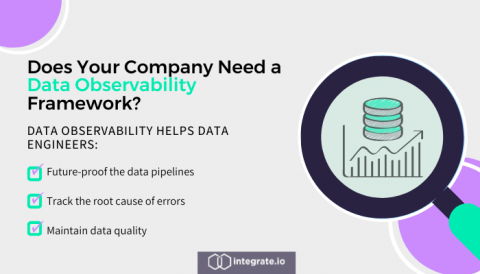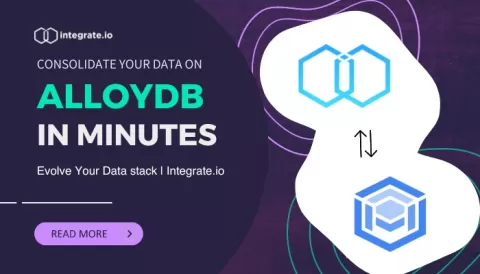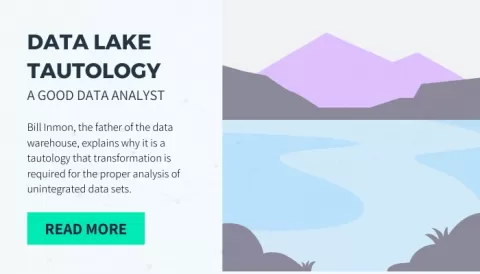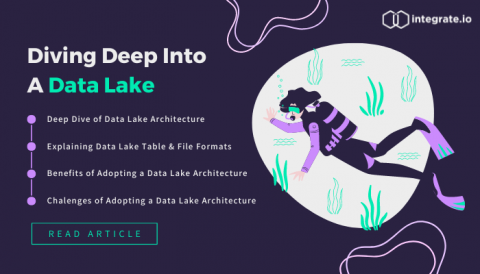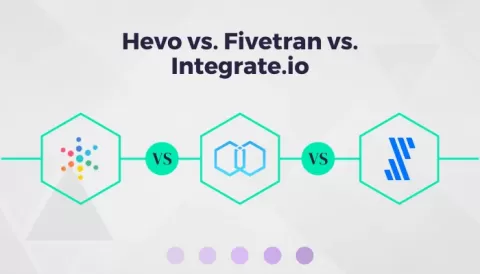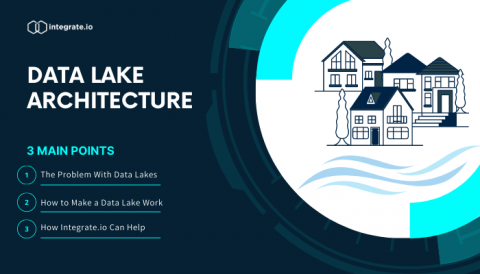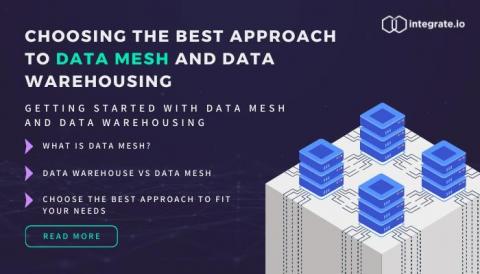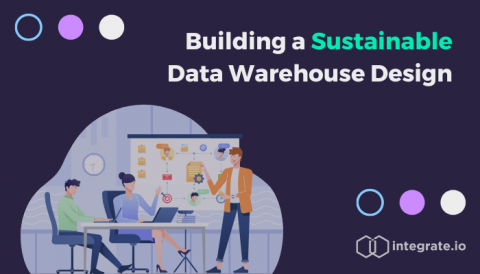Does Your Company Need a Data Observability Framework?
You have been putting in the work, and your company has been growing manifold, Your client base is growing more than ever, and the projects are pouring in. So what comes next? it is now time to focus on the data that you are generating. When programming an application, DevOps engineers keep track of many things, such as bugs, fixes, and the overall application performance. This ensures that the application operates with minimum downtime and that any future errors can be predicted.


